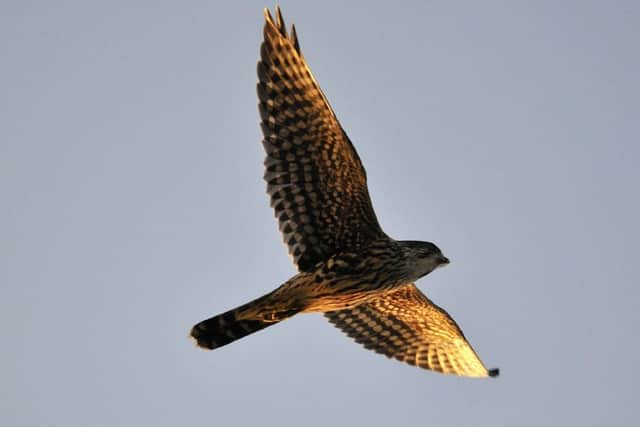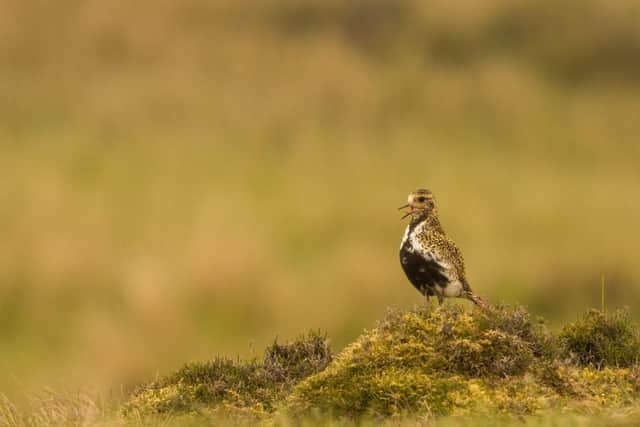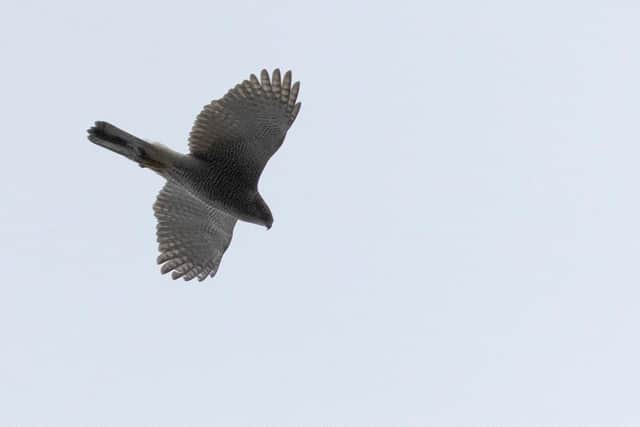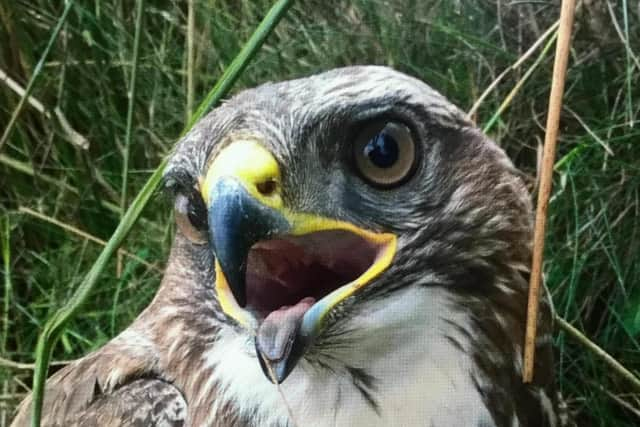Rising numbers of birds of prey from red kite to rare merlin recorded over vast North York Moors estate
The Spaunton Estate, a shooting estate spanning 7,000 acres near Kirkbymoorside, is home to 16 of the UK's 21 species of bird of prey, from peregrine falcons to red kites and merlins.
Now, it has revealed a significant rise in reported sightings for its third consecutive year, with 1,903 birds of prey spotted in the past 12 months - a 22 per cent annual increase.
Advertisement
Hide AdAdvertisement
Hide AdOften persecuted, a number of bird of prey species were driven to extinction by the end of the Second World War, with significant efforts and interventions since underway.


George Winn-Darley is owner of Spaunton Estate. He said: "There has been a turnaround in the fortunes of birds of prey in the UK over the past 50 years, with only three species now ‘red-listed’ meaning they are of most conservation concern.
"Here at Spaunton buzzards are very numerous and kestrel and red kite are a common sight," he added.
"It is wonderful to see that specific interventions are making a difference for these beautiful birds."
Advertisement
Hide AdAdvertisement
Hide Ad

At Spaunton, conservation work includes the planting of rowan trees and hawthorn bushes, with bracken removed to help species thrive.
In small patches, older vegetation is burnt away, aimed at increasing the variety of plants and animals.
And it has a focus on conserving areas of vegetation at different lengths, in the hope it can help ground-nesting birds to take cover from avian predators while maintaining foraging areas.
As well as birds of prey, threatened red-listed species such as the ring ouzel and curlew are also to be found at Spaunton, both reported to benefit from targeted intervention.


Habitats
Advertisement
Hide AdAdvertisement
Hide AdMr Winn-Darley said the work is aimed at creating quality habitats for both ground-nesting birds and birds of prey.
He said: "For ground-nesting birds, targeted predator control offers them the best chance of fledging chicks successfully, although their nests and chicks remain very vulnerable to predation.
“A trend over the past five years has been fewer sightings of small birds of prey and increased sightings of larger birds of prey, possibly due to predation between species and competition for territory," he added.


"A priority should be to retain the internationally rare heather moorland and protect it from wildfire, in order to give the best chance to the widest variety of species.”
Sightings
Advertisement
Hide AdAdvertisement
Hide AdAmong the most commonly spotted species at Spaunton in the past year is the buzzard, which was sighted 897 times. Kestrels were seen 371 times, and the peregrine falcon 120.
Red kite are also numerous on the estate, with 84 sightings recorded. All of these species have increased year on year, the estate said.
The UK’s smallest bird of prey, the merlin, was seen 115 times at Spaunton, a notable increase although the estate was careful to note annual fluctuations.
UK Merlin numbers are on an upward trend in recent decades but the species remains very rare with a population of around 1,200 pairs for the UK as a whole.
Advertisement
Hide AdAdvertisement
Hide AdMerlin and golden plover are the two species for which the North York Moors are designated as a Special Protection Area.
______________________________________________________________________________
Support The Yorkshire Post and become a subscriber today. Your subscription will help us to continue to bring quality news to the people of Yorkshire. In return, you'll see fewer ads on site, get free access to our app and receive exclusive members-only offers. Click here to subscribe.
